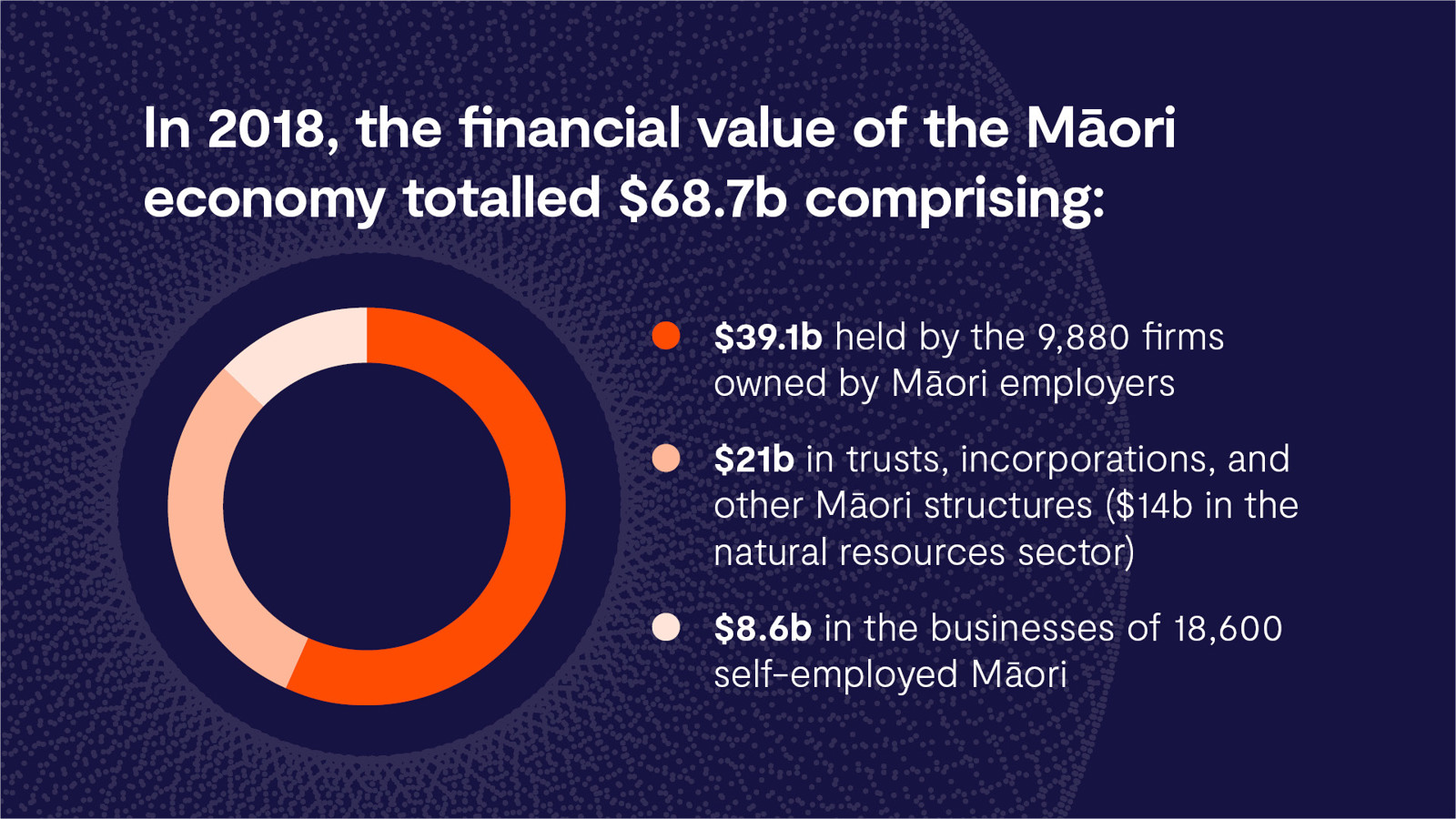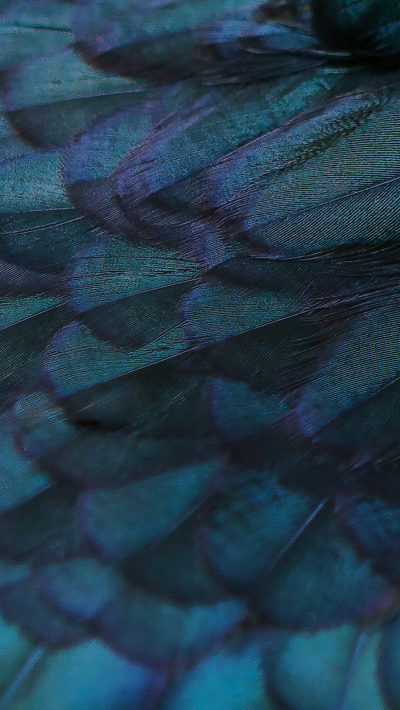Contents
Tini whetū ki te rangi, ko te ohanga Māori ki te whenua, e tupu nei, e tupu nei.
Latest estimates from BERL (Business and Economic Research Limited) are that the asset base of the Māori economy was worth $68.7 billion at 2018. This does not reflect the effects of the COVID pandemic, but still represents very high growth.
BERL’s estimate at 2013 in the same series was just $42.6b, while in 2017 the Māori economy was estimated to be worth upwards of $50b, in Chapman Tripp’s Te Ao Māori – Trend and Insights report. The 60% growth between 2013 and 2018 means that the size of the Māori economy looks to reach NZTE’s estimate of $100b before its 2030 projection.
BERL, supported by Te Pūtea Matua – the Reserve Bank of New Zealand, has released the third iteration of their report, ‘Te Ōhanga Māori’, which provides regular statistics to measure the Māori economy’s progress.
Components of the $68.7b include:
- $39.1b held by the 9,880 firms owned by Māori employers
- $8.6b in the businesses of 18,600 self-employed Māori, and
- $21b in trusts, incorporations, and other Māori structures ($14b in the natural resources sector).
BERL notes that any description of Te Ōhanga Māori needs to go well beyond Te Tiriti settlements, which account for just $2.2b in cash and assets transferred from the Crown to iwi over the past 25 years. Indeed, of the $13.8b held by the top tier 120 entities, more than $7b is held by around 50 organisations and interests which pre-date the settlement process.
Of the $21b residing within Māori trusts, incorporations, and entities, Deloitte estimated late last year in their 2020 Top 10 Māori Business Index that a third or $7.1b in assets are held by Top 10 Māori large iwi organisation such as Ngāi Tahu, Waikato Tainui, Ngāti Whātua Ōrākei, Tuhoe and Ngāti Porou.
There is also evidence to suggest an increasing resilience as BERL has found that the Māori asset base is diversifying beyond the primary sectors of agricultural, fishing and forestry (which makes up 34% of the total asset base), to real estate services, manufacturing, transportation, construction and others (66%).
Barriers remain, however, to further expansion. One such issue BERL identifies and Te Waka Ture agrees with is access to capital, or the ability to leverage existing assets. This can especially be the case in respect of developing Māori land.
Te Waka Ture, Chapman Tripp’s Māori legal service, has more than a decade of experience working with iwi, hapū, Māori landowners and Māori businesses to help them achieve their aspirations for whānau. Our expertise includes Treaty settlement structures, post-Treaty settlement transactions, corporate governance, structuring for joint ventures and collectives, Māori land law, Māori Fisheries, complex dispute resolution and more.
Te Waka Ture is excited at the prospect of further contributing to the growth of Te Ōhanga Māori.























